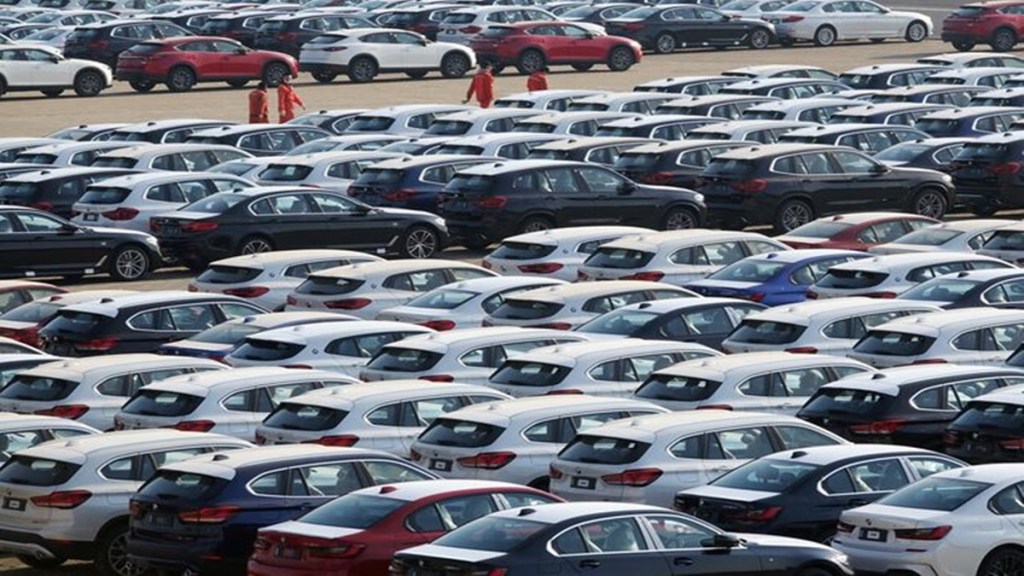Passenger vehicle sales – dispatches from factories to dealers — rose 4% year-on-year in March to 388,249 units, with leading car makers such as Maruti Suzuki, Hyundai, Tata Motors, and Mahindra & Mahindra (M&M) reporting varied performances. For the full fiscal year (FY25), total sales were up 2% at 4.3 million units.
Maruti Suzuki India, the country’s largest carmaker, reported a slight decline in domestic passenger vehicle dispatches to dealers, down 1% to 150,743 units in March. For FY25, Maruti’s total domestic passenger vehicle sales stood at 1.76 million units, marginally up from 1.75 million units in FY24. Senior executive officer (marketing & sales) Partho Banerjee said that the company reduced inventory levels to 27 days and surpassed the annual total sales (domestic + exports) of 2 million units for the second consecutive year. He noted that the industry expects a modest 1-2% growth rate in FY26, citing a moderation following the post-pandemic pent-up demand.
Hyundai Motor India also posted a decline in domestic dispatches, which fell to 51,820 units in March from 53,001 units in the same month last year. The company’s full-year domestic sales stood at 598,666 units, down from 614,721 units in FY24. Hyundai Motor India whole-time director and COO Tarun Garg said the company retained its position as the second-largest passenger vehicle in FY25. However, in March Tata Motors beat Hyundai and emerged as the second largest player.
On the other hand, M&M and Tata Motors benefited from strong SUV demand. M&M’s domestic passenger vehicle sales jumped 18% year-on-year to 48,048 units in March. For FY25, its domestic PV sales grew 20% to 551,487 units compared with 459,877 units in FY24. “The year ended on a very positive note, with the company selling over 500,000 SUVs in the domestic market for the first time ever,” M&M president (automotive division) Veejay Nakra said.
Tata Motors’ passenger vehicle sales in the domestic market rose 3% year-on-year to 51,872 units in March. However, full-year FY25 sales dipped 3% to 556,263 units from 573,495 units in FY24. Tata Motors passenger vehicles MD Shailesh Chandra said that future demand growth will depend on macroeconomic factors such as inflation, infrastructure spending, and global geopolitical developments. He added that SUVs, CNG, and EVs will continue to be key growth drivers, with the company well-positioned to capitalise on emerging market trends.
Analysts said that while industry-wide momentum is slowing compared to previous years, the sustained demand for SUVs, CNG, and EV models is expected to drive future sales growth.
